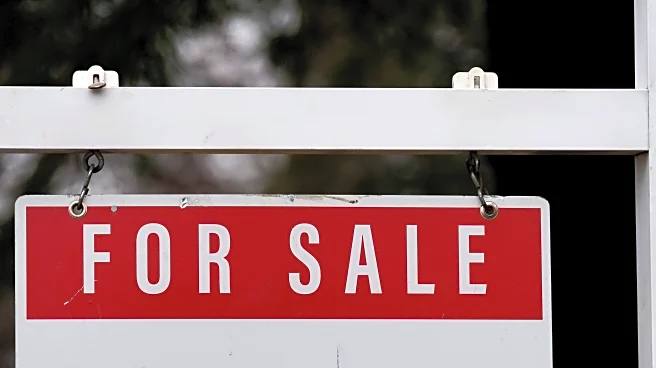What's Happening?
The Virginia housing market is experiencing steady demand despite economic uncertainty and job losses in federal and contracting sectors, particularly in Hampton Roads and northern Virginia. According to Ryan Price, chief economist for the Virginia Association of Realtors, about 2,300 homes were sold in Hampton Roads, indicating continued interest in the area due to its desirable infrastructure, natural resources, and employment opportunities. The market shows a supply-demand imbalance, with more demand than supply, even though there are more sellers than in previous years. The median home sales price across the state has reached $430,000, contributing to a total sold dollar volume of $5.1 billion.
Why It's Important?
The steady demand in the Virginia housing market, despite economic challenges, highlights the region's resilience and attractiveness to buyers. This situation is significant for local economies, as real estate transactions contribute to economic activity and employment. The supply-demand imbalance could lead to increased home prices, affecting affordability for potential buyers. The housing market's stability is crucial for maintaining consumer confidence and supporting related industries such as construction and real estate services. Stakeholders, including policymakers and real estate professionals, must monitor these trends to address potential challenges in housing affordability and availability.
What's Next?
The future of the Virginia housing market may depend on changes in mortgage rates and inventory levels. If mortgage rates improve and more inventory becomes available, there could be a boost in market activity by the end of 2025. Stakeholders, including real estate agents and policymakers, will likely focus on strategies to balance supply and demand, ensuring housing affordability and accessibility. Monitoring economic indicators and employment trends in federal and contracting sectors will be essential to anticipate shifts in housing demand.











